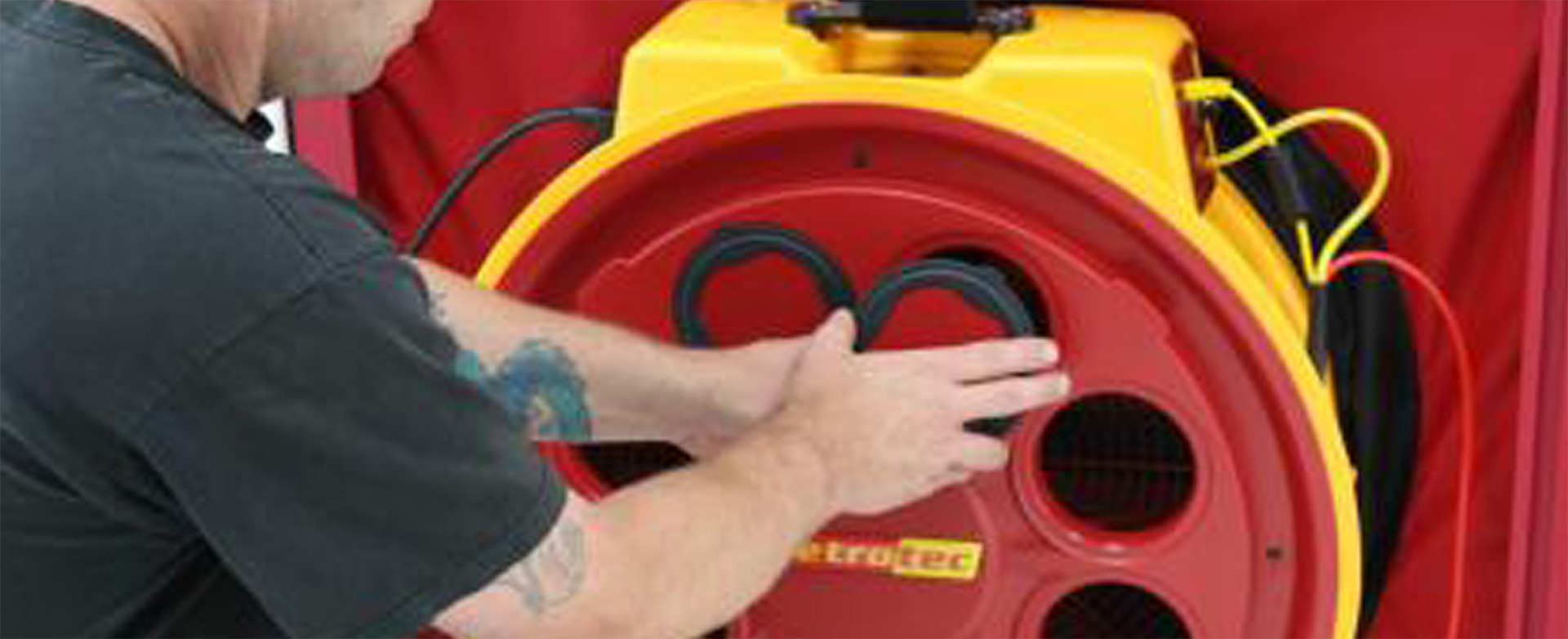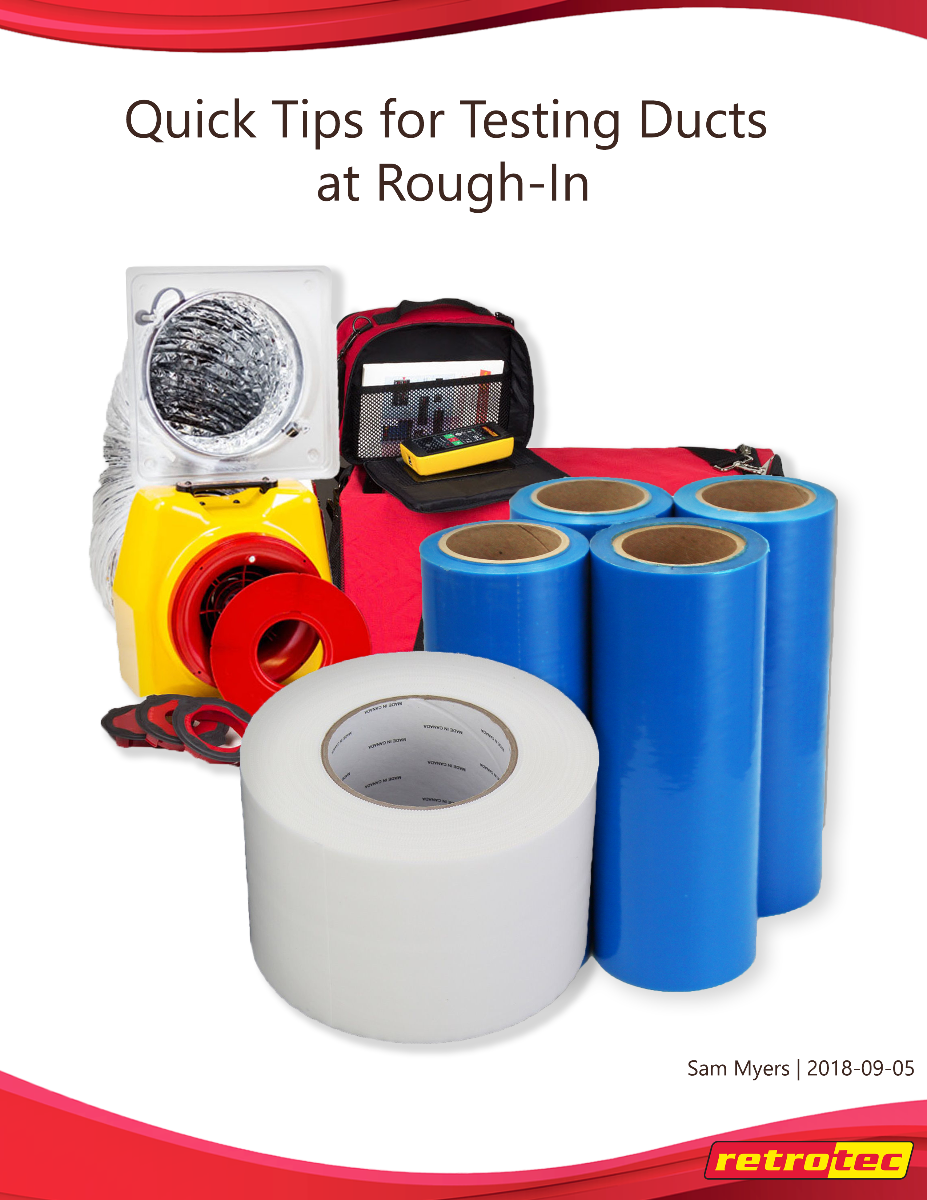Blog
-
Posted: September 26, 2018Categories: EnergyRead more »
By: Sam Myers, Retrotec and Kristi Brodd, Advanced Energy
Hurricane Florence brought record amounts of rainfall and devastating flooding across North Carolina, especially in the eastern part of the state. According to CNN measurements, some cities saw close to 3 feet of rain over four days, which is the highest rainfall total for any tropical system to hit the East Coast of the United States.
As flooding recedes, many people are returning to their homes and beginning the restoration process. If you are moving back into a home that was flooded, it is extremely important to become knowledgeable on moisture management and take the necessary steps to keep your house safe and healthy for you and your family. Just because the water is gone and your house looks back to normal, does not mean that there is no damage or dangerous mold behind the walls, floors and ceiling.
Many families suffered the effects of mold after flooding caused by Hurricane Floyd in 1999. Some
-
Posted: September 14, 2018Read more »Please check Retrotec USB chargers for the marking shown in the below image.
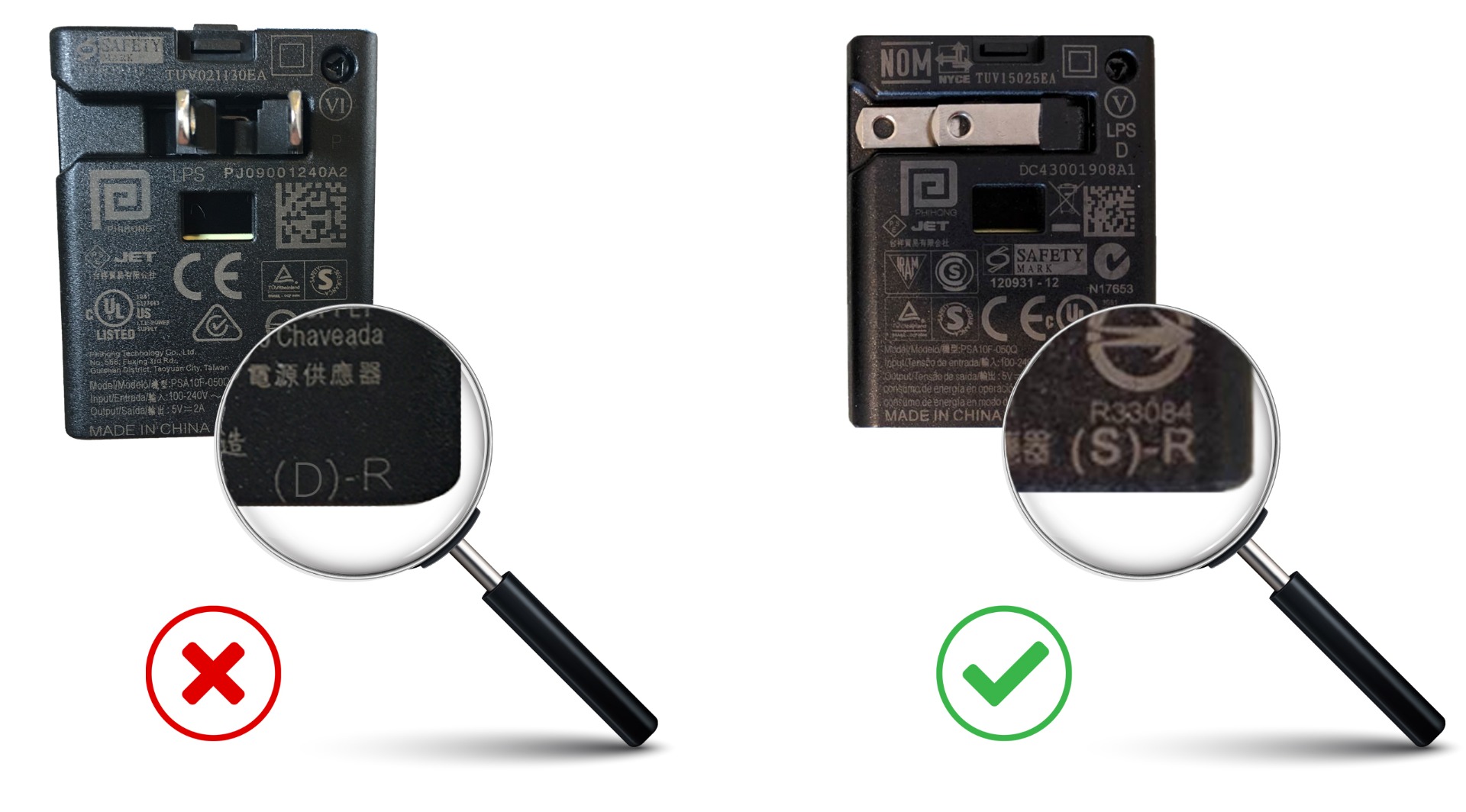 There was an issue with some past DM32 chargers that resulted in not being able to charge the gauge from a fully depleted (0%) battery level. There will be a letter in the lower right-hand corner. If it has a “D” shown please notify [email protected].Affected chargers are from 2018 or prior. Retrotec can replace the charger during your DM32's recommended 5-year calibration service.
There was an issue with some past DM32 chargers that resulted in not being able to charge the gauge from a fully depleted (0%) battery level. There will be a letter in the lower right-hand corner. If it has a “D” shown please notify [email protected].Affected chargers are from 2018 or prior. Retrotec can replace the charger during your DM32's recommended 5-year calibration service.Please contact [email protected] if your gauge isn't working for any other reason, as well.
-
Read more »
We start at the highest pressure and work downward for two reasons.
- It helps the fans reach the target pressures faster. The speed control algorithm works faster going from a higher pressure to a lower pressure.
- It helps you properly select your Range Ring for the test. By starting with the largest possible range (highest flow) to test at your highest pressure you ensure the minimum possible range changes while testing. Ideally, you don't want to change ranges in mid test because it wastes time.
-
Read more »
You need to consider that there is a fundamental issue of uncertainty with using 4 Pa as a reference pressure. Just imagine, if there is even a 1 Pa fluctuation, due to so many possible sources that can cause pressure fluctuations as you know, the pressure measurement already has an uncertainty of +/- 25% error. Consider that for almost all airtightness testing standards across the world, the reference pressure for Flow results are either 50 Pa or 75 Pa.
-
Posted: September 13, 2018Read more »
The main disadvantage to positive duct test pressure is that it blows off register seals or makes them leak. An LBL study showed a wide dispersion of results when the same duct test was repeated many times. Depressurizing will allow the use of lower sticking masking materials that are less likely to pull off the paint. In some cases plastic food wrap will work.
The main advantage to positive duct test pressure is that the flex duct doesn't contract as much. In cases where the flex runs to the ceiling this contraction effect might cause problems.
Testing using depressurization will usually result in less leakage because gaps and seams will be pulled closed”
-
Posted: September 05, 2018Read more »
Whether it’s for a building code, third-party home performance program, HERS rating or quality control, testing ducts on new construction homes before the drywall is installed is a good idea to easily fix issues. Once the drywall is installed, it can be difficult to access certain parts of the duct system that need air sealing, especially if there are ducts in chases or between floors. Sometimes it can be tricky to set up your duct tester at rough-in since you typically don’t have a grille to tape the flange to, especially if the return is in the ceiling. Unfortunately, duct mask doesn’t stick to wood and mastic very well. Visible mastic is typically a sign of a job well done when it comes to air sealing. However, it can be frustrating if you don’t have a good system for keeping your flange and flex from falling while you are running a test or hunting down leaks with a smoke device. Setting up a duct test is already one
-
Posted: August 27, 2018Read more »
A comprehensive guide to getting the most out of your blower door system
Authored By: Sam MyersA blower door system can do much more than tell you how much your building is leaking. It can also help you determine the location and severity of the leaks in different zones. There are also cases where you can use your blower door to determine if some ventilation systems are working properly. Knowing the tightness of a home and finding leaks is helpful to HERS Raters, BPI analysts, insulators and HVAC contractors. In this article we’ll introduce the blower door system and how it works for those who are new to the building performance industry. Then we’ll get into various methods to make your blower door work harder, impress your clients and increase the services you offer.
Air Tightness: Why Do We Care?
The reason we care about air tightness in
-
Posted: June 20, 2018Categories: EnergyRead more »
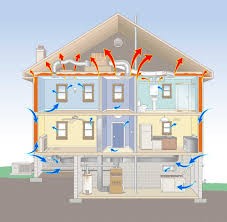 When it comes to home energy performance, comfort, durability and health, the United States falls short in the ranks compared to other developed countries. This is based on the 35 years of experience that Colin Genge has in testing houses from coast to coast and from selling diagnostic tools to over 10,000 technicians who have tested millions more.
When it comes to home energy performance, comfort, durability and health, the United States falls short in the ranks compared to other developed countries. This is based on the 35 years of experience that Colin Genge has in testing houses from coast to coast and from selling diagnostic tools to over 10,000 technicians who have tested millions more.Duct leakage in existing homes can range from 12% to 35%.
Most American houses have poor quality flex duct running outside of the envelope into attics and/or crawlspaces and typically leak an average of about 20%. Some as high as 50%! Code for new houses allows roughly 12% leakage but most houses are not properly tested if they are tested at all. See The Compliance Project for details. These figures are also reflected in past DOE studies of homes built across the US. Older homes are generally much worse especially when duct tape and flex fail over
-
Posted: June 07, 2018Categories: Air Leakage TestingRead more »
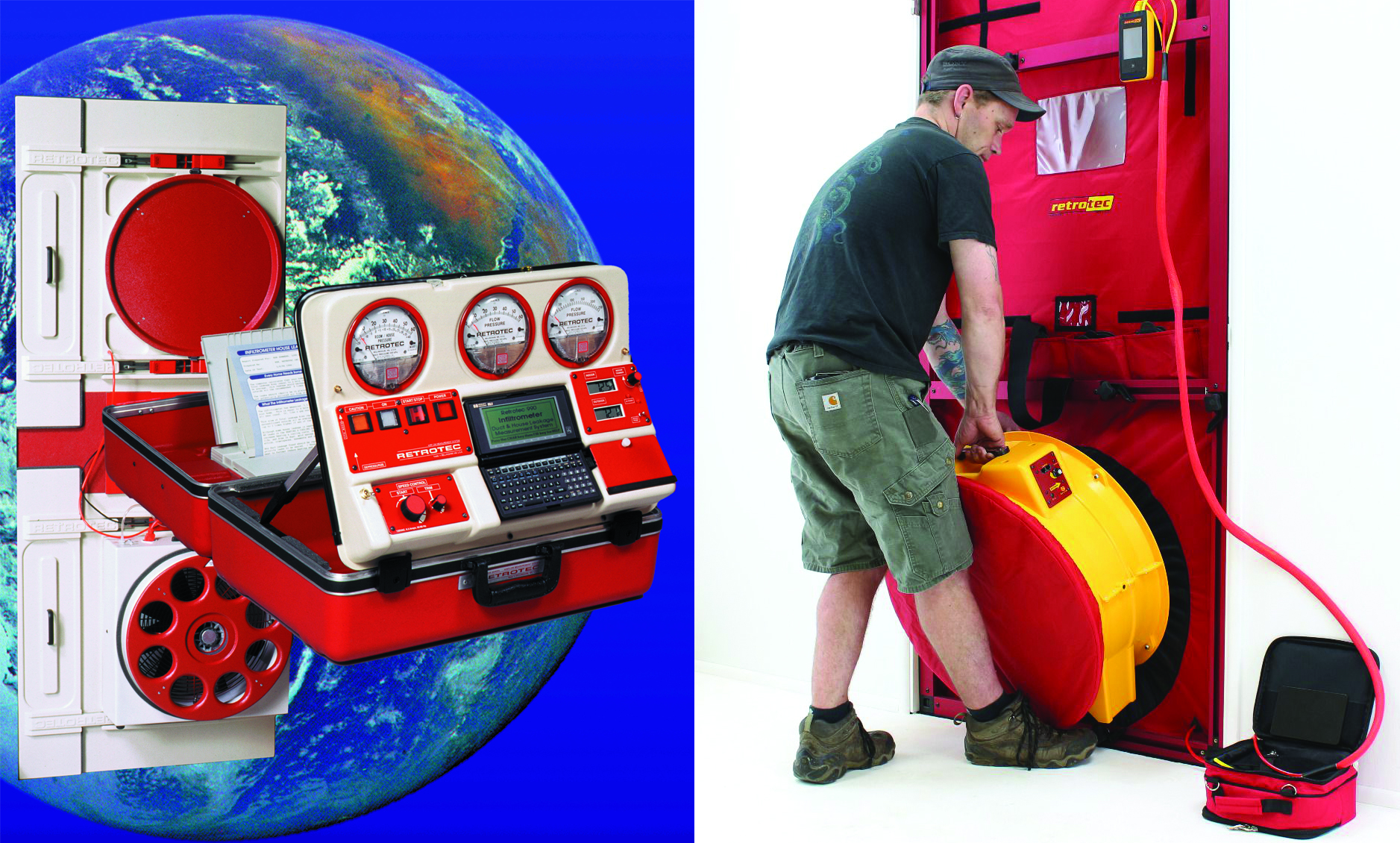 In 1980 I calibrated the fledgling Retrotec Energy Innovations Ltd.’s blower door at the National Research Council (NRC) in Ottawa, Canada. It used RPM and pressure drop to crudely measure flow. Little did I know that what I learned from the head air flow scientist at NRC would result in a 38-year long career making Retrotec the largest calibrated door fan manufacturer in the World.
In 1980 I calibrated the fledgling Retrotec Energy Innovations Ltd.’s blower door at the National Research Council (NRC) in Ottawa, Canada. It used RPM and pressure drop to crudely measure flow. Little did I know that what I learned from the head air flow scientist at NRC would result in a 38-year long career making Retrotec the largest calibrated door fan manufacturer in the World.Retrotec stands for retrofit technology, which means fixing houses after they’re built. Our first blower doors were designed to perform energy audits on these houses using their in-house energy analysis software based on HOT2000. It ran on a 32k pocket computer. Currently known as Home Performance (HP), this application was promoted by Retrotec as a non- government funded business opportunity. Eventually this resulted in the HP application being spun off as The Comfort Institute which was later absorbed by AeroSeal.
Retrotec
-
Posted: April 23, 2018Read more »
 As you may have heard, the RESNET 380 standard will replace RESNET Ch. 8 which dictates how raters test homes for envelope leakage, duct leakage, mechanical ventilation, and duct system air flows. Any home permitted on or after July, 1 2018 must be tested in accordance to the 380 Standard. The standard currently applies to all single-family homes as well as multifamily projects that are three stories or less. There are more updates coming for multifamily so make sure you are signed up to receive email updates from RESNET.
As you may have heard, the RESNET 380 standard will replace RESNET Ch. 8 which dictates how raters test homes for envelope leakage, duct leakage, mechanical ventilation, and duct system air flows. Any home permitted on or after July, 1 2018 must be tested in accordance to the 380 Standard. The standard currently applies to all single-family homes as well as multifamily projects that are three stories or less. There are more updates coming for multifamily so make sure you are signed up to receive email updates from RESNET.Definitions
One goal of the 380 standard is to improve consistency throughout the HERS process and to reduce the need for Raters to make judgement calls when taking measurements in the field. To help achieve this, the standard includes definitions for:
- Conditioned Space Volume
- Unconditioned Space Volume
- Infiltration Volume
- Conditioned Floor Area
- ELA & other metrics
Envelope
